16.7: Social Development Through Play
- Page ID
- 140967
Play and Social Development
Play is a valued process, not only for enjoyment and leisure but also for learning. Through play, children develop a sense of identity and an understanding of their social and cultural worlds. Children use play to explore and understand cultures, communities, and friendships (Paris, Beeve, & Springer, 2021). We gain a lot through playing, not just as children but also as adults. Play involves the mutual, sometimes complex, coordination of goals, actions, and understanding. For example, as infants, children get their first encounter with sharing (of each other's toys). Through these experiences, children develop friendships that provide additional security and support to those offered by their parents.[1]
Different Theories of Play
Cognitive theories presented a significant shift in theorizing about play by directing research toward the development of children's thinking processes and intellectual development. Piaget's (Piaget, 1962) developmental theory suggests that children progress through a series of distinct phases in their thought processes. According to his theory, children engage in types of play that mirror their current level of cognitive development. The role of play is to help them consolidate and practice recently acquired concepts and skills to prepare the child for the next spurt in learning and development. Vygotsky (1978) also believed that play has several roles in cognitive development. However, he differed from Piaget in maintaining that, when children play before they become actualized in real-life situations, they reveal potential new abilities. By creating their own scaffolding, children stretch themselves in areas like self-control, cooperation, memory, language use, and literacy by using private speech to direct, control, and structure their play interactions (Bodrova & Leong, 1996). According to Vygotsky (Vygotsky, 1978), play promotes development by serving as a scaffold within the child's proximal development zone, helping them attain higher levels of functioning. Bruner (Bruner, 1972) focused on how childhood play contributes to problem-solving abilities that are important later in life. He argued that the means are more important than the ends when playing; children do not worry about accomplishing goals, which allows them to experiment with novel combinations of objects and behaviors that they are unlikely to try if under pressure to achieve a goal. Therefore, play promotes flexible problem solving, making it adaptively advantageous in human development and evolution.[2]
Stuart Brown (2010) argues that play is evolutionary and has the following properties:
- Purposeless/done for its own sake
- Voluntary
- Inherent attraction
- Freedom from time
- Diminished consciousness of self
- Improvisational potential
- Continuation desire
Gray (2013) also provides a list of features to describe play (with some overlap of Brown’s list). His conceptualization maintains that play:
- Is directed and chosen by the child
- Is as an activity in which the focus is not the end-state or a goal, but the means itself
- Consists of a structure that comes from the minds of the players and not external constraints
- Is imaginative and separate from real life
- Involves mental non-stressed activity.[3]
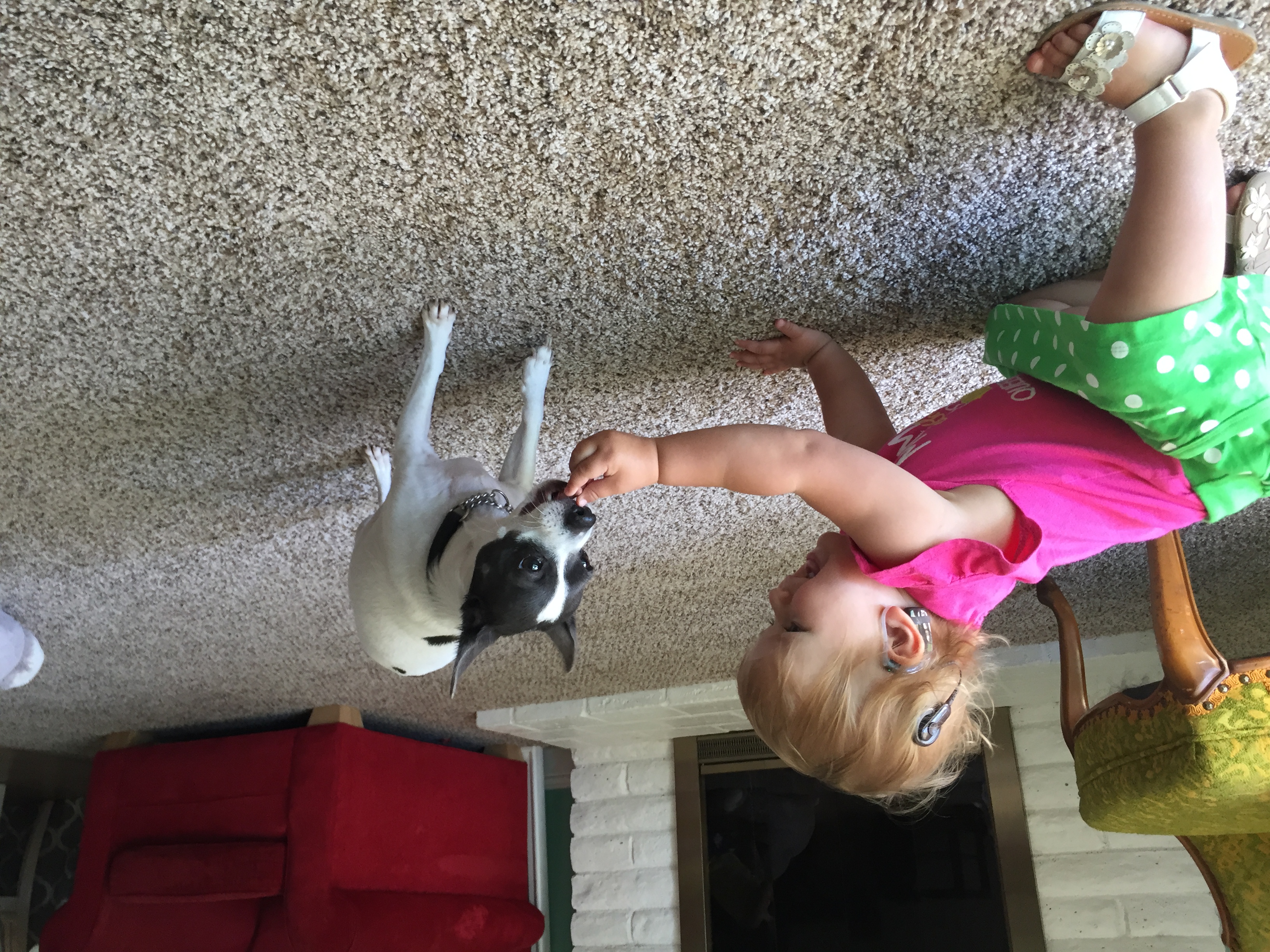
Parten's Stages of Play
Mildred Parten (1932) observed 2 to 5-year-old children and noted 6 types of play. She labeled 3 types as non-social (unoccupied, solitary, and onlooker) and 3 types as social play (parallel, associative, and cooperative). The list below describes each type of play. Younger children engage in non-social play more than older children; by age 5, associative and cooperative play are the most common forms of play (Dyer & Moneta, 2006).[1]
This list explains how children's play changes as they grow and develop social skills.
Unoccupied Play (Birth-3 Months): At this stage, an infant is making many movements with their arms, legs, hands, feet, etc. They are learning about and discovering how their body moves.
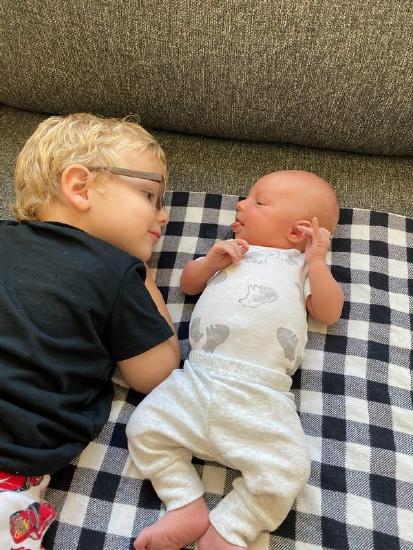
Solitary Play (3 Months-2 Years): This is the stage when a child plays alone. They are not interested in playing with others quite yet.

Spectator/Onlooker Behavior (2 Years): During this stage, a child begins to watch other children playing but does not play with them.
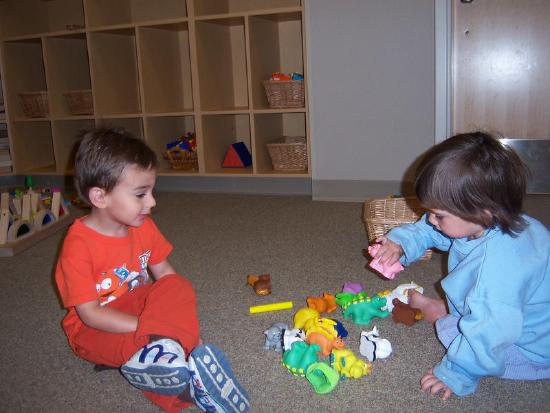
Parallel play (2+Years): A child plays alongside or near others but does not play with them.
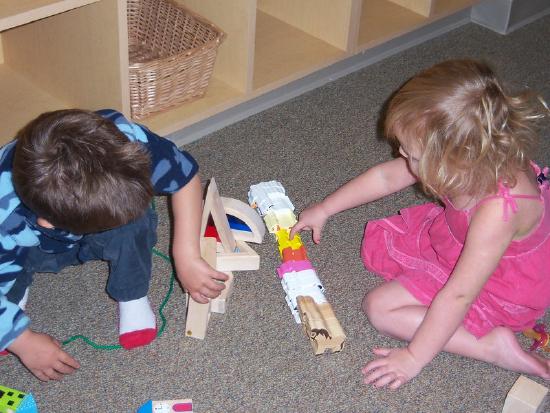
Associative play (3-4 Years): When a child starts to interact with others during play, but there is not a large amount of interaction at this stage.
Cooperative Play (4+ years): When a child plays together with others and has an interest in both the activity and other children involved in playing.
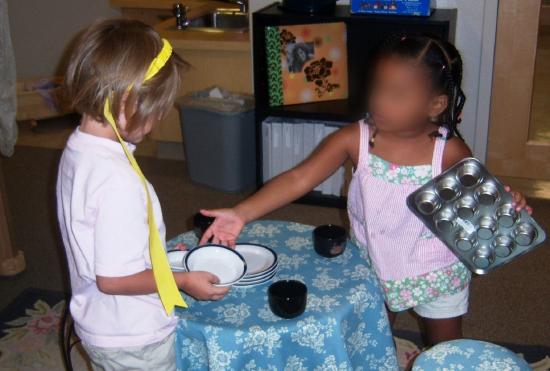
Regardless of the differences in approaches and definitions, what contemporary theories have in common is the belief that play mirrors development. As the child grows and matures, play's appearance, function, and implications may change.
Infants gradually learn to identify commonalities with others and engage in social interactions. The development of such abilities relies on the personal experiences shared between people in specific contexts (Liebal et al., 2013). Social play may offer vibrant opportunities for children to acquire joint attention skills. Throughout the first year of life, during play especially, together infants and their caregivers begin to construct social games, such as peek-a-boo (Bruner & Sherwood, 1976; Fantasia et al., 2014; Gustafson et al., 1979; ). Social attention is a crucial ability for the emergence of play situations. Social attention allows children to focus on other
people's characteristics such as facial expressions, gaze direction, gestures, and vocalizations. When the direction of another's attention has been identified (for example, through gaze following or point following), we can shift our attention to focus simultaneously on the same external object or event as our partner (Bourjade, 2017).[5]
Play as Interaction with Peers: Building Friendships
Interactions with peers provide the context for social learning and problem solving, including the experiences of social exchanges, cooperation, turn-taking, and the demonstration of the beginning of empathy.[6] In peer relationships, children learn to initiate and maintain social interactions with other children. They also develop skills for managing conflicts, such as turn-taking, compromise, and bargaining. Before the age of 1, infants not only react emotionally to their peers’ emotional states but also engage with them in simple forms of interaction involving behaviors within their motor abilities. For example, Vandell and Wilson (Vandell, 1987) showed that interactions between infants become increasingly reciprocated from 6- to 9-months, as reflected by the presence of turn-taking.[7]
In order to foster adaptive social development, it is important to understand the factors contributing to establishing relationships with peers, such as empathy and prosocial behaviors (Howes, 1992; Sebanc, 2007; Vandell, 1980). Evidence suggests that before their first birthday, infants are sensitive and respond to their peers’ emotions, which could represent potential precursors of empathy and prosocial behaviors (Decety, 2010; Decety, 2012; Geangu).[7]
Social interactions with peers also allow older infants to experiment with varying roles in small groups and in different situations, such as relating to familiar versus unfamiliar children. Interactions are stepping stones to relationships.[6] Over time, infants develop close relationships with children they know, such as other children in the family, childcare setting, or neighborhood. Relationships with peers provide young children with the opportunity to develop strong social connections.
Toddlers’ relationships with their peers have many positive developmental outcomes later on, including higher levels of emotional mental health and school success (Ladd, 1987; Tomada, 2005; Taylor, 1994; Vandell , 2000). A toddler’s ability to empathize with her peers, to comfort and to share toys with them, increases her chances of becoming a friend or preferred play partner.
Young children's expression of positive and negative emotions may play a significant role in developing social relationships. Positive emotions appeal to social partners and enable connections to form, while problematic management or expression of negative emotions leads to difficulty in social relationships (Denham & Weissberg, 2004). In Fabes’ 2001 study, children who used emotion-related words were better liked by their classmates ( Fabes et al., 2001).[6]
[1] Thompson, R. (2022). Social and personality development in childhood Is licensed CC BY-NC-SA
[2] Lynn A. Barnett, "Children's Perceptions of Their Play: Scale Development and Validation", is licensed CC BY
[3] Zosh J.M. et. al., (2018) Accessing the Inaccessible: Redefining Play as a Spectrum Licensed (CC BY)
[4] Contemporary Theories on Development is shared under a CC BY-NC-SA license and was authored, remixed, and/or curated by Martha Lally & Suzanne Valentine-French
[5] Cochet H and Guidetti M (2018) Contribution of Developmental Psychology to the Study of Social Interactions: Some Factors in Play, Joint Attention and Joint Action and Implications for Robotics is Licensed (CC BY)
[6] California Infant/Toddler Learning and Development Foundations, 2009 by the California Department of Education is used with permission
[7] Crespo-Llado, M.M., Vanderwert, R., Roberti, E. et al. Eight-month-old infants’ behavioral responses to peers’ emotions as related to the asymmetric frontal cortex activity. is Licensed (CC BY)
[8] Image by Nina Kuchkovskiy is licensed CC: BY-NC
[9] Image by Anonymous is licensed CC: BY-NC
[10] Image by Amanda Taintor is licensed CC BY-NC

